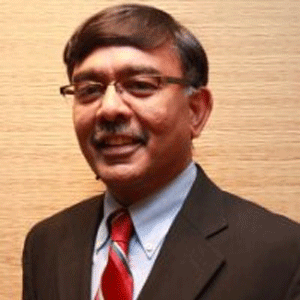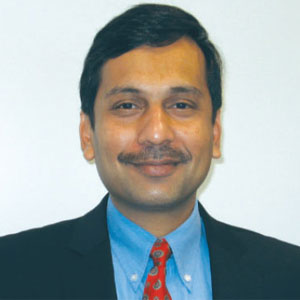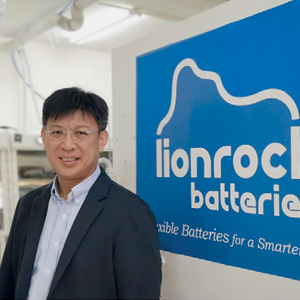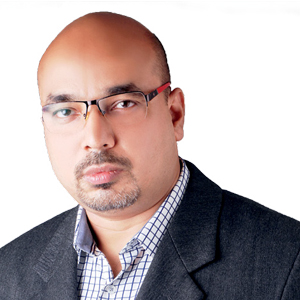THANK YOU FOR SUBSCRIBING
Editor's Pick (1 - 4 of 8)

Disruption in Wearable Medical Device Development
Ben Donnet, Chief Technology Officer, Neuroworks Labs Pty Ltd

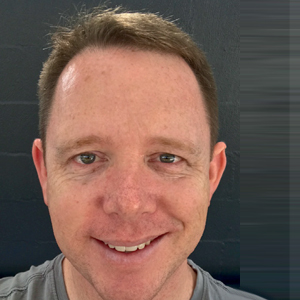
Ben Donnet, Chief Technology Officer, Neuroworks Labs Pty Ltd
These “virtual” iterations simply were not possible five-ten years ago at least not at the current available accuracy.
One of the most significant advancements in the Wearable Tech R&D space has come with 3D printing. This has had a huge impact on small players in the Medical Devices field. Until very recently, I would have to send my 3D CAD model to an external supplier for prototype housing manufacture. The turnaround time was typically a couple of weeks and cost hundreds of dollars for simple designs. Now, Neuroworks Labs uses a dual-extrusion Ultimaker3 3D printer to create our prototype mechanical designs in-house. The 3D printer paid for itself before the end of our first project! Our design iteration time has reduced from weeks to hours, and we now have access to materials that were not previously an option. 3D printing allows us to create prototype light pipes from polycarbonate; soft, flexible housings from thermoplastic polyurethane; and extremely strong structures from carbon fibre impregnated co-polyester. Dissolvable filament printed simultaneously using the second extrusion head, allows objects that would otherwise be impossible to manufacture to be 3D printed. The dissolvable filament is used to create a support structure that is washed away using water after the printing process is completed. This is great for short run speciality devices.
Modern Wearable Tech is packing a lot more computing power than they did a few years ago, and Wearable Medical Devices are benefiting. There are a few factors driving this. Embedded microprocessors are getting fast. A chip with similar capability to the original CRAY-1 supercomputer costs about $2 and is smaller than your little fingernail. It also has an AES-256 bit hardware encryption engine and full Bluetooth 5.0 sub-system. These parts, along with all the other parts on the circuit board, are also getting very, very small (and cheap)! So, how small is small? The smallest resistors and capacitors available are only slightly wider than a human hair. However, unless things are really cramped, we try to use the slightly bigger parts that can be seen without a magnifying glass. The modern microprocessors are also extremely power efficient, being able to run for weeks at full use off a coin cell; and in low-power mode, practically able to run off the smell of a stray electron.
The Wearable Tech pursuit of longer battery life has also given us improved battery technology, especially the lithium rechargeables. Wearable Medical Devices not only have benefitted from smaller, more power efficient electronics but also shapeable, higher capacity cells. Recent developments with the lithium ferrous phosphate (LFP) cells have extended the cycle life to well beyond 2000 deep discharge cycles, with many manufacturers reporting closer to 7000 cycles as typical lifespan. Medical Devices prefer LFP over lithium-ion, despite the lower relative capacity, because LFP is inherently safe.
Medical Device development, especially Wearable Medical Devices, has seen a major disruption thanks to the advances made in the Wearable Tech sector. These advances have allowed smaller developers to take their ideas to the market without having to sell out before their idea is worth something. I am sure the Medical Device development community will continue learning and benefiting from the Wearable Tech community into the future.
Check out: Top Healthcare Simulation Solution Companies



